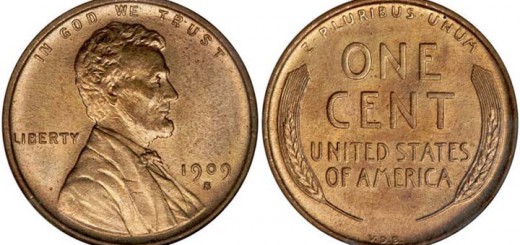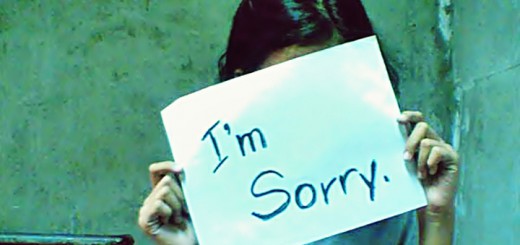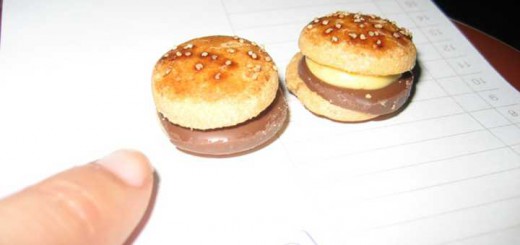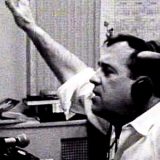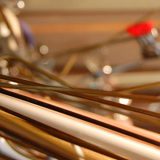Here’s Where Your Podcast Needs To Sound Good
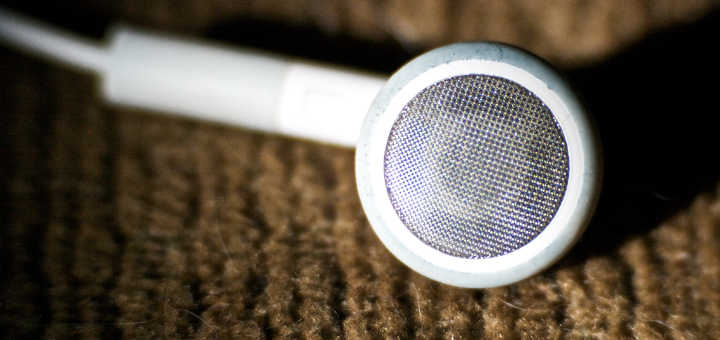 There was a post on the BGR website last week that caught my eye. According to Clammr, 82 percent of all podcast listening is done on iPhones, and most of that with the standard iOS podcast player.
There was a post on the BGR website last week that caught my eye. According to Clammr, 82 percent of all podcast listening is done on iPhones, and most of that with the standard iOS podcast player.
The news, I suspect, produced more than a few yawns (Oh, look, Apple’s number one in another podcast niche). That’s a shame. Because it’s good news for podcasters in the same way the transistor radio was good news for Rick Sklar.
Who’s Rick Sklar?
During the To 40 era, the most listened-to radio station in the country was WABC in New York. Rick Sklar was the program director and a true radio genius on many levels. He could pick on-the-air talent, he was a promotional whiz and he had an ear for picking hit music. Name any facet of WABC’s on-the-air sound and it had Sklar’s fingerprints all over it.
Whenever Sklar ordered any outside production, say new jingles (Top 40 was nothing if not jingles), he would attend the recording session personally. After he and the recording engineer agreed on a mix, Sklar would insist that he listen to it on a 4-inch speaker.
Sklar Knew Where His Listeners Were
Yes, Sklar’s listeners were in cars, which had incredible-sounding AM radios in their day. But, they were also on street corners, in school yards, at sporting events, in amusement parks and at the beach listening on transistor radios. Every one of those radios had a 2- to 4-inch speaker in it. Sklar wanted to make sure that WABC, all 50,000 watts of it, sounded good on crummy speakers. Even on cheap transistor radios, or should I say especially on cheap transistor radios, WABC’s audio had punch and clarity.
You Know Where Your Listeners Are
If 80 percent of your listeners are on iPhones, and most of them are listening via the native app, then shouldn’t you be producing your show so it sounds great for them? Chances are it will sound great on other platforms, too, but I for one am not going to create listener fatigue in my core audience in order to make my show sound good on my studio monitors.
Understand that each iPhone model is going to sound different. When I tested my iPhone 5 against my wife’s 5c, what sounded punchy on my iPhone overloaded the audio circuitry in hers (the 5c, it seems, doesn’t handle pumped up mid-range frequencies all that well). So you’re not going to get your sound 100-percent perfect across all the iPhone models. But it doesn’t hurt to try.
Listen Up
After you record your next show, listen to it through earbuds instead of your standard earphones. Then, get yourself a pair of cheap computer speakers. Find ones that sound like the ones in an iPhone (or close to it). Listen to your podcast on them, too.
Make whatever changes you need to make to get the best sound from the buds and the speakers. Yes, it’s a compromise. You’ll never make those built-in speakers sound like a home theater system, but you don’t have to. You only want to make sure your audio sounds clean, there aren’t too many highs (so you sound squeaky) or hissssssy syllabants. If you talk over your theme song, or other music, make sure your voice to music ratio sounds right on both your speakers and earbuds. (Yes, you will hear a difference.)
Finally, double-check the audio level. Your episode should be completely audible—end to end— with the iPhone volume turned down a notch or two. There isn’t a whole lot of punch in smartphone audio amplifiers, so you’re going to have to provide the oomph when you create your podcast.
Listening this way allows you to spot any flaws. You can always correct flaws you know about. The problem begins when you don’t know you have problems.
Let me know if this post helps you, so I’ll know whether to write more like it. And, if you have a production question, please leave a comment. If I can’t help you I’m sure one of my readers can.

